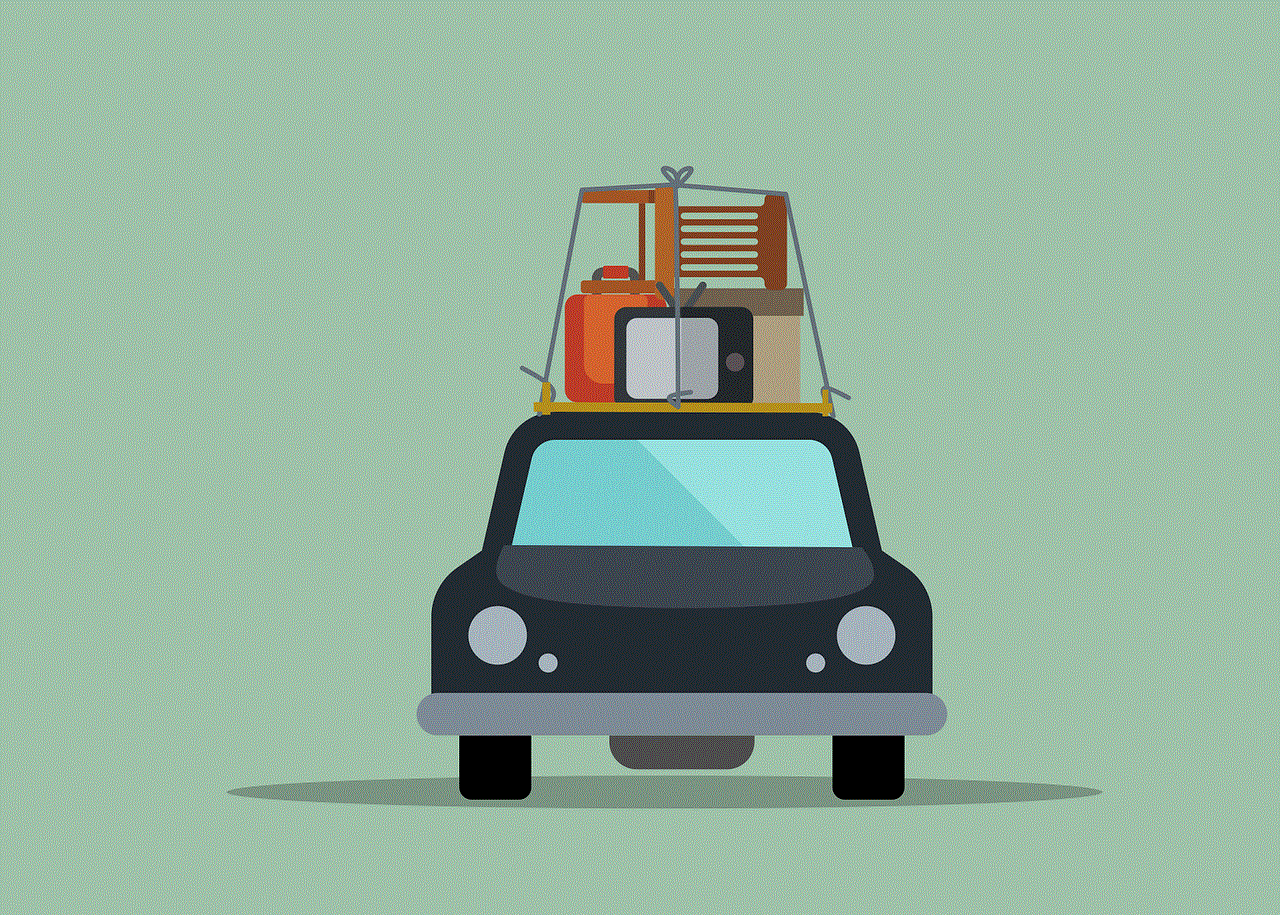reasons to get apple watch
The Apple Watch has become a staple in the world of wearable technology since its release in 2015. With each new iteration, it continues to improve and innovate, offering users a wide range of features and capabilities. While it may have initially been seen as a luxury item, the Apple Watch has now become a practical and essential device for many individuals. In this article, we will explore the top reasons why you should consider getting an Apple Watch.
1. Fitness and Health Tracking
One of the main reasons why people choose to get an Apple Watch is for its fitness and health tracking features. The watch comes equipped with a heart rate monitor, step counter, and workout tracking capabilities. It can also track a variety of activities, such as running, cycling, swimming, and more. This makes it the perfect companion for anyone looking to improve their fitness or maintain an active lifestyle.
The Apple Watch also offers a variety of health features, including the ability to track your sleep patterns, monitor your blood oxygen levels, and even detect irregular heart rhythms. These features can be extremely beneficial for those looking to improve their overall health and well-being. With the Apple Watch, you can easily keep track of your progress and set goals to help you reach your fitness and health targets.
2. Convenient Notifications and Communication
Another major benefit of the Apple Watch is its ability to keep you connected at all times. With the watch, you can receive notifications for calls, messages, and emails directly on your wrist. This makes it easier to stay connected and updated, especially when you are on the go or in a situation where you cannot access your phone.
The watch also offers the ability to make and receive calls, send text messages, and even use voice commands through Siri. This not only makes communication more convenient but also safer when you are driving or engaged in other activities that require your hands to be free.
3. Personalized Watch Faces and Customization
The Apple Watch allows you to customize your watch face to suit your personal style and preferences. With a variety of watch faces to choose from, you can switch up your look depending on your mood or outfit. You can also customize the complications on the watch face to display the information that is most relevant to you, such as weather, calendar events, or activity data.
Additionally, you can also change the watch band to further personalize your Apple Watch. With a range of bands available, from sporty to elegant, you can easily switch up the look of your watch to match any occasion.
4. Music and Podcasts on the Go
With the Apple Watch, you can easily access your music and podcasts without having to take out your phone. The watch allows you to store and play music directly from your wrist, making it perfect for workouts or runs. You can also use the watch to control music playback on your phone or other connected devices.
Moreover, the Apple Watch also offers the ability to stream music and podcasts directly from your wrist, eliminating the need for your phone altogether. This makes it the perfect accessory for anyone who loves to listen to music or podcasts on the go.
5. Apple Pay and Wallet Integration
The Apple Watch allows you to make purchases and payments using Apple Pay directly from your wrist. This adds a level of convenience and security, as you no longer have to take out your phone or wallet to make a payment. Simply double-click the side button, and your default payment card will be ready to use.
Additionally, the Apple Watch also integrates with the Wallet app, allowing you to store and access your boarding passes, tickets, and loyalty cards on your wrist. This eliminates the need to carry physical copies and makes it easier to access them when needed.
6. Navigation and Maps
The Apple Watch also offers navigation and maps capabilities, making it the perfect companion for anyone who frequently travels or explores new places. With the watch, you can get turn-by-turn directions directly on your wrist, eliminating the need to constantly check your phone.
The watch also offers haptic feedback, which alerts you when it’s time to turn, making it easier to navigate without having to constantly look at your watch. Additionally, the watch also offers transit directions, making it easier to plan your journey using public transportation.
7. Emergency SOS and Fall Detection
The Apple Watch offers a variety of safety features, including the ability to call for help in an emergency. By pressing and holding the side button, you can quickly call emergency services or your designated emergency contacts. The watch will also automatically send a message with your location to your emergency contacts.
Moreover, the Apple Watch also offers fall detection, which can detect if you have taken a hard fall. In such a situation, the watch will automatically call emergency services and notify your emergency contacts. This feature can be especially beneficial for older adults or individuals with medical conditions.
8. Siri Integration
Siri is the virtual assistant for all Apple devices, and the Apple Watch is no exception. With the watch, you can use Siri to set reminders, create notes, send messages, and more. This hands-free capability makes it easier to perform tasks without having to take out your phone or use your hands.
Moreover, Siri can also provide you with information and answer your questions directly on your wrist. This makes the Apple Watch a useful tool for anyone looking to access information on the go.
9. Apple Watch Apps
The Apple Watch has a wide range of apps available, catering to various needs and interests. From productivity and health to entertainment and games, there is an app for almost everything on the App Store.
Some notable apps include the Apple Workout app, which offers a variety of exercises and workouts, and the Apple ECG app, which allows you to take an electrocardiogram to check for irregular heart rhythms. There are also third-party apps available for the Apple Watch, offering even more possibilities and capabilities.
10. Integration with Other Apple Devices
Last but not least, the Apple Watch seamlessly integrates with other Apple devices, such as the iPhone, iPad, and Mac. This allows you to access and control your other devices directly from your wrist, making it easier to manage them without having to constantly pick up your phone or use your hands.



Moreover, the Apple Watch also offers the ability to unlock your Mac without having to enter your password. This makes for a more seamless and secure experience for Apple users.
In conclusion, there are numerous reasons why you should consider getting an Apple Watch. From its fitness and health tracking capabilities to its communication and convenience features, the watch offers a wide range of benefits and possibilities. With each new iteration, it continues to improve and innovate, making it a must-have device for anyone looking to enhance their lifestyle and stay connected on the go. So, if you haven’t already, it’s time to get your hands on an Apple Watch and experience all that it has to offer.
how to locate dead iphone
Losing your iPhone can be a stressful and frustrating experience, but the thought of a dead iPhone can be even more daunting. Not being able to locate your phone can lead to panic and anxiety, especially if you rely heavily on your device for daily tasks. However, there are several methods you can use to locate your dead iPhone, and in this article, we will discuss the various ways to find your lost device and the steps you can take to prevent it from happening in the future.
1. Use Find My iPhone
One of the most effective methods for locating a dead iPhone is by using the Find My iPhone feature. This is a pre-installed app on all iPhones that allows you to track the location of your device in case it gets lost or stolen. To use this feature, you must have set up iCloud on your iPhone, and the Find My iPhone feature must be turned on.
To locate your dead iPhone using Find My iPhone, follow these steps:
Step 1: Log in to iCloud.com on a computer or another device.
Step 2: Click on the Find iPhone icon.
Step 3: Enter your Apple ID and password.
Step 4: Click on All Devices and select your lost iPhone from the list.
Step 5: A map will show the last known location of your device. If it is still turned on, the map will show its current location. If the device is turned off, the map will show its last known location before the battery died.
2. Use Google Maps Timeline
If you have enabled the location history feature on your iPhone, you can use Google Maps Timeline to locate your device. This feature keeps track of your location history and can be useful in locating a lost or dead iPhone. To use Google Maps Timeline, follow these steps:
Step 1: Open Google Maps on a computer or another device.
Step 2: Click on the menu icon and select Your Timeline.
Step 3: Select the date and time when you last had your iPhone.
Step 4: The map will show your location history for that day. You can use this information to determine the last place you had your device.
3. Use Apple Watch
If you have an Apple Watch connected to your iPhone, you can use it to locate your device. To use this method, follow these steps:
Step 1: Swipe up on the watch face to open the Control Center.
Step 2: Tap on the Find iPhone icon.



Step 3: If your iPhone is nearby, you can use the ping feature to make it play a sound, even if it is on silent mode.
4. Use Family Sharing
If you have set up Family Sharing on your iPhone, you can use this feature to locate your lost or dead device. To use Family Sharing, follow these steps:
Step 1: Ask a family member to log in to iCloud and select Find My iPhone.
Step 2: Select your lost iPhone from the list of devices.
Step 3: A map will show the last known location of your device.
5. Use a Third-Party App
There are several third-party apps available that can help you locate your lost or dead iPhone. These apps use GPS technology to track the location of your device. Some popular apps include Find My iPhone, Lookout, and Prey. However, you must have installed and set up these apps on your device before it got lost or died.
6. Check with Your Mobile Carrier
If you are unable to locate your iPhone using any of the above methods, you can contact your mobile carrier and ask them to track your device. They may be able to provide you with the last known location of your device based on its signal.
7. Use Social Media
Social media can be a useful tool in locating a lost or dead iPhone. If you have enabled the Find My iPhone feature, you can post a status on your social media accounts asking for help in locating your device. Your friends and followers may be able to help you find your iPhone by sharing the post and keeping an eye out for it.
8. Retrace Your Steps
If you have exhausted all the above methods and still can’t locate your iPhone, it’s time to retrace your steps. Think back to the last place you had your device and try to remember if you left it somewhere or dropped it. Check with the places you visited and ask if anyone has found an iPhone. It’s possible that someone may have picked it up and turned it in.
9. Use Your Memory
Sometimes, our memory can be our best tool in locating a lost or dead iPhone. Try to remember the last time you used your device and the activities you were doing. This may help you pinpoint the location of your device and increase your chances of finding it.
10. Take Preventative Measures
While it’s important to know how to locate a dead iPhone, it’s equally important to prevent it from happening in the first place. Here are some steps you can take to prevent the loss of your iPhone:
– Enable the Find My iPhone feature and keep it turned on at all times.
– Keep your iPhone password-protected to prevent unauthorized access.
– Use a strong passcode that is not easy to guess.
– Keep your iPhone with you at all times when you’re out in public.
– Use a tracking device or case for your iPhone.



– Backup your iPhone regularly to iCloud or your computer.
In conclusion, losing your iPhone can be a stressful experience, especially if it’s dead and you can’t locate it. However, by using the methods mentioned above, you can increase your chances of finding your device. It’s also important to take preventative measures to avoid losing your iPhone in the first place. By following these steps, you can ensure that your iPhone is always safe and secure.